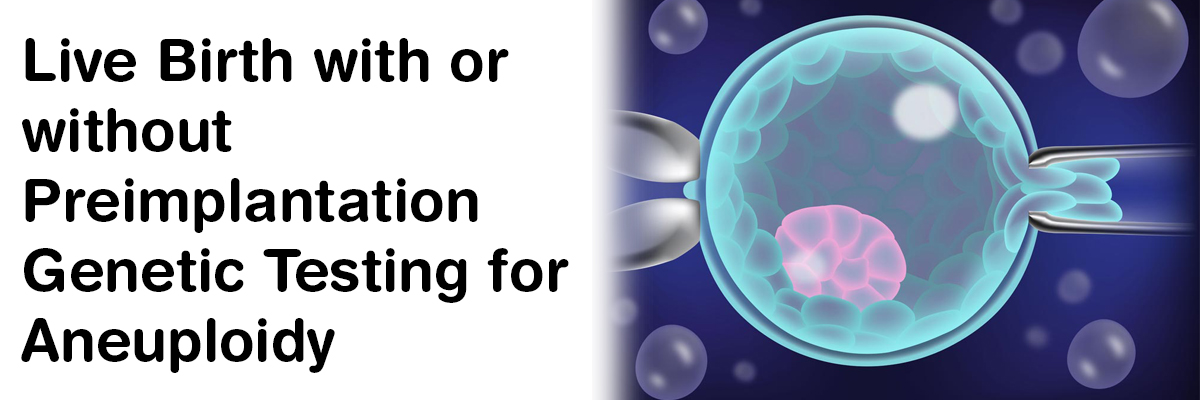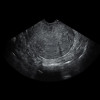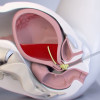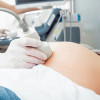
 IJCP Editorial Team
IJCP Editorial Team
Live Birth with or without Preimplantation Genetic Testing for Aneuploidy
Initial embryo transfer if followed by Embryo selection with preimplantation genetic testing for aneuploidy (PGT-A) may see pregnancy outcomes. However, how much PGT-A improves the cumulative live-birth rate than conventional in vitro fertilization (IVF) is unclear.
In a recent study, the investigators thus allocated subfertile women (aged 20 to 37 years) with three or more good-quality blastocysts to experience either PGT-A or conventional IVF.
Three blastocysts were selected either by next-generation sequencing in the PGT-A group or by morphologic criteria in the conventional-IVF group followed by successive transfers one following another. The cumulative live birth rate after up to three embryo-transfer procedures within 1 year was assessed.
PGT-A's cumulative live-birth rate
- 1212 patients were included in the study, with 606 falling into each trial group.
- 77.2% of women in the PGT-A group and 81.8% in the conventional-IVF group experienced Live births.
- The cumulative frequency of clinical pregnancy loss was 8.7% and 12.6%, in the PGT-A group and the conventional-IVF group respectively.
- The 2 groups showed similar incidences of obstetrical or neonatal complications and other adverse events.
Thus among women with >/=3 good-quality blastocysts, conventional IVF caused a cumulative live-birth rate non-inferior to that with PGT-A.
Yan J, Qin Y, Zhao H. et al. Live Birth with or without Preimplantation Genetic Testing for Aneuploidy. N Engl J Med 2021;385:2047-58. DOI: 10.1056/NEJMoa2103613

IJCP Editorial Team
Comprising seasoned professionals and experts from the medical field, the IJCP editorial team is dedicated to delivering timely and accurate content and thriving to provide attention-grabbing information for the readers. What sets them apart are their diverse expertise, spanning academia, research, and clinical practice, and their dedication to upholding the highest standards of quality and integrity. With a wealth of experience and a commitment to excellence, the IJCP editorial team strives to provide valuable perspectives, the latest trends, and in-depth analyses across various medical domains, all in a way that keeps you interested and engaged.





















Please login to comment on this article